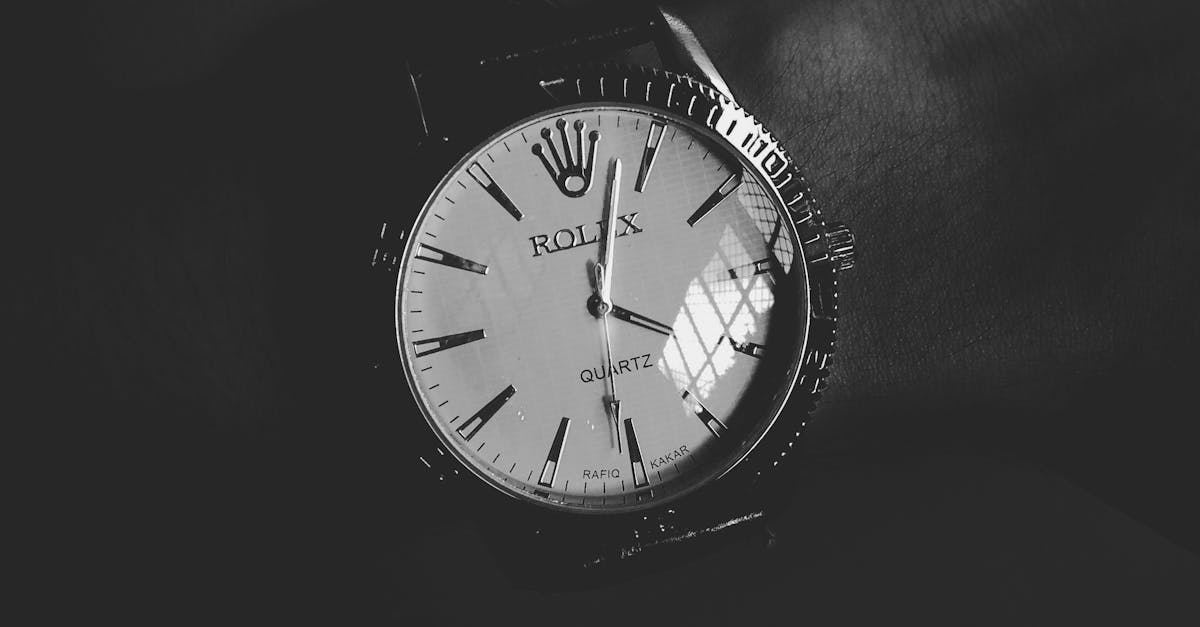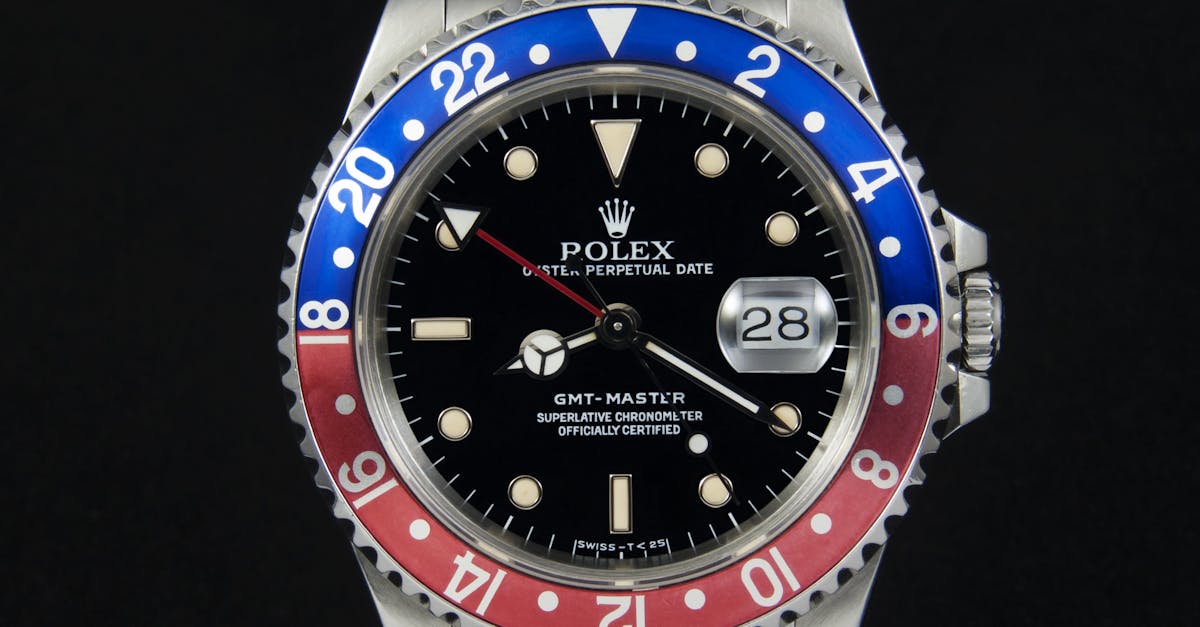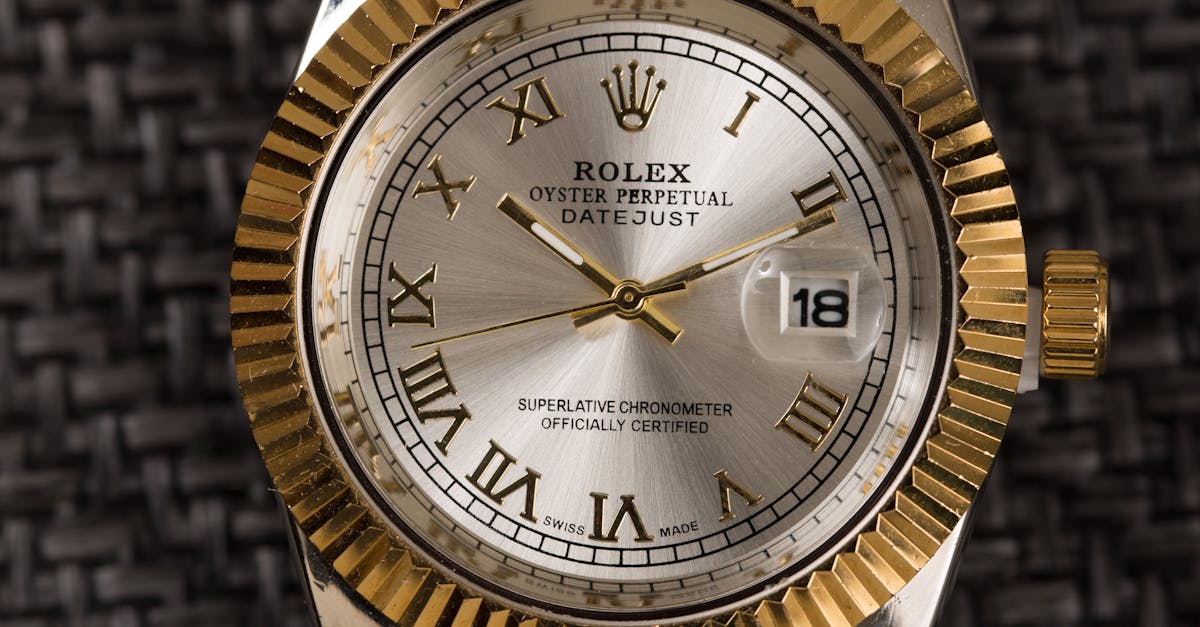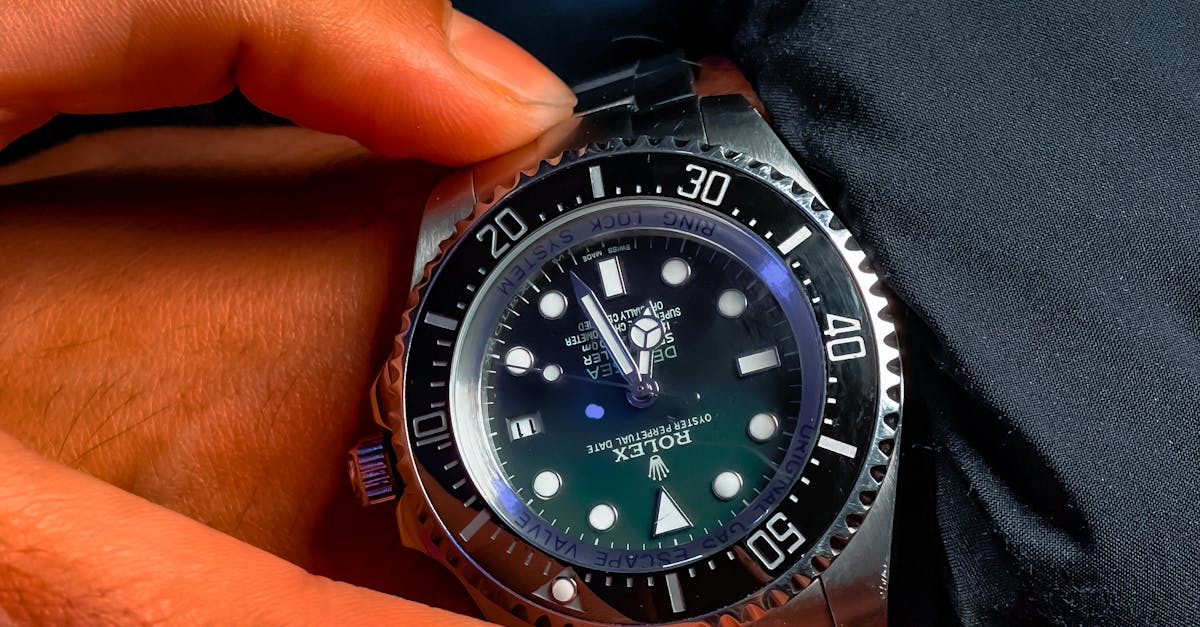Unveiling the Secrets of the World’s Priciest Timepieces: A Journey into Horological Extravagance
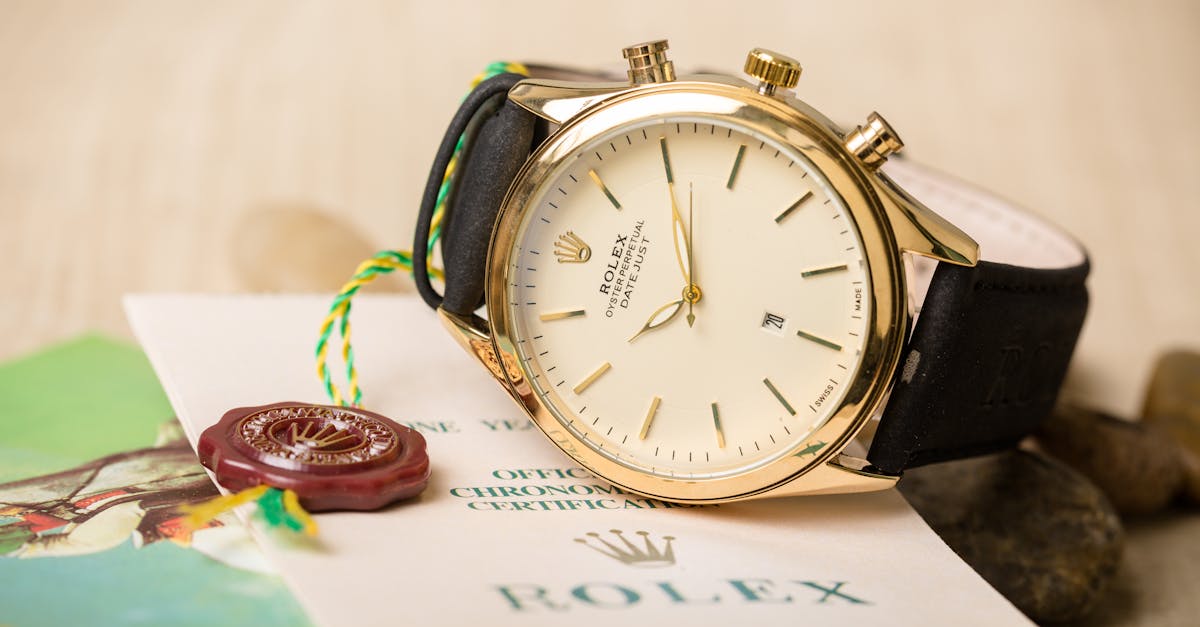
From the dawn of civilization, humankind has been fascinated by the concept of time. We have devised ingenious ways to measure and keep track of it, and the wristwatch has become an iconic symbol of our relationship with time. But not all watches are created equal. Some timepieces transcend mere functionality and enter the realm of art, becoming symbols of wealth, power, and prestige. In this article, we will delve into the captivating world of the most expensive watches ever created, exploring their history, craftsmanship, and the factors that contribute to their astronomical prices. Join us on a journey through the horological holy grail, where timepieces become masterpieces and dreams take on a tangible form.
1. The Horological Holy Grail: The Most Expensive Watch Ever Sold
In the realm of horology, the Patek Philippe Grandmaster Chime Ref. 638 reigns supreme as the most expensive watch ever sold at auction. This horological masterpiece was crafted in 2019 and sold for a staggering $31 million at a Christie’s auction in Geneva. The Grandmaster Chime Ref. 638 is a testament to the unparalleled artistry and technical prowess of Patek Philippe, showcasing a combination of 20 complications, including a grande sonnerie, minute repeater, and perpetual calendar. The watch’s intricate dial, adorned with guilloché engraving, and its hand-finished movement, composed of over 1,300 components, are a sight to behold. The Grandmaster Chime Ref. 638 is not just a timepiece; it is a work of art, a symbol of horological excellence, and a coveted object of desire for watch enthusiasts and collectors worldwide.
Introducing the Patek Philippe Grandmaster Chime Ref. 638
The Patek Philippe Grandmaster Chime Ref. 638 is a masterpiece of horological engineering and design, embodying the pinnacle of watchmaking artistry. Crafted from 18-karat white gold, this timepiece features a stunning blue dial with applied white gold hour markers and hands. The intricate guilloché engraving on the dial adds depth and texture, showcasing the exceptional craftsmanship that went into its creation. The Grandmaster Chime Ref. 638 is not just a watch; it is a symphony of complications. It boasts a total of 20 complications, including a grande sonnerie, minute repeater, and perpetual calendar. The grande sonnerie is a rare and complex complication that chimes the hours, quarters, and minutes with beautiful Westminster chimes. The minute repeater allows the wearer to sound the time on demand, while the perpetual calendar automatically adjusts for the correct date, even during leap years. In addition to its exceptional functionality, the Grandmaster Chime Ref. 638 is also a work of art. The watch’s 18-karat white gold case is beautifully polished and features intricate engravings. The blue alligator strap adds a touch of elegance and sophistication. Overall, the Patek Philippe Grandmaster Chime Ref. 638 is a watch that transcends time. It is a masterpiece of horology, a symbol of luxury, and a coveted object of desire for watch enthusiasts and collectors around the world.
Unveiling its Astronomical Price: A Record-Breaking Moment
The Patek Philippe Grandmaster Chime Ref. 638 was sold at a Christie’s auction in Geneva on November 9, 2019. The watch was estimated to sell for between $10 million and $30 million, but it ultimately fetched a staggering $31 million, making it the most expensive watch ever sold at auction. The auction was a tense affair, with several bidders vying for the coveted timepiece. In the end, it was a private collector who emerged victorious, taking home the Grandmaster Chime Ref. 638 for a record-breaking price. The sale of the Grandmaster Chime Ref. 638 made headlines around the world and solidified its position as the most expensive watch ever sold. It is a testament to the exceptional craftsmanship, intricate design, and historical significance of this horological masterpiece.
2. Honoring Horological Heritage: The Second and Third Most Expensive Watches
Following the Patek Philippe Grandmaster Chime Ref. 638, the second most expensive watch ever sold is the Rolex Daytona Ref. 6263 ‘Paul Newman’ Daytona, which sold for $17.8 million at a Phillips auction in 2017. This iconic timepiece was owned by actor and race car driver Paul Newman and features a rare
The Rolex Daytona Ref. 6263 ‘Paul Newman’ Daytona
The Rolex Daytona Ref. 6263 ‘Paul Newman’ Daytona is one of the most iconic watches in the world. It was first introduced in 1963 and quickly became a favorite among race car drivers for its durability and functionality. In the 1970s, actor and race car driver Paul Newman was photographed wearing a Rolex Daytona Ref. 6263, which helped to increase the watch’s popularity. Today, the Rolex Daytona Ref. 6263 ‘Paul Newman’ Daytona is one of the most sought-after vintage watches in the world. In 2017, a Rolex Daytona Ref. 6263 ‘Paul Newman’ Daytona sold for a record-breaking $17.8 million at a Phillips auction, making it the second most expensive watch ever sold. The watch that sold for this record-breaking price was owned by Paul Newman himself and was gifted to him by his wife, Joanne Woodward. The watch features a rare
The Patek Philippe Henry Graves Supercomplication
The Patek Philippe Henry Graves Supercomplication is a masterpiece of horological art that ranks as the third most expensive watch ever sold. It was commissioned in 1925 by Henry Graves Jr., a prominent American banker and watch collector. Graves wanted the watch to be the most complicated watch in the world, and he gave Patek Philippe carte blanche to create it. The watch took five years to complete and was finally delivered to Graves in 1933. The Patek Philippe Henry Graves Supercomplication is an incredibly complex watch, featuring 24 complications, including a perpetual calendar, minute repeater, and Westminster chimes. It is also one of the most beautiful watches ever made, with a stunning gold case and dial. The Patek Philippe Henry Graves Supercomplication is a testament to the boundless creativity and technical prowess of watchmakers. It is a true masterpiece of horological art and one of the most coveted watches in the world.
3. Reaching for the Stars: Top-Tier Timepieces with Astronomical Prices
In recent years, a number of exclusive timepieces have commanded astronomical prices, embodying the pinnacle of horological achievement. These watches are often adorned with precious gemstones and feature intricate complications. One such watch is the Jacob & Co. Billionaire Watch, which is made of 18-karat white gold and features 260 carats of diamonds. The watch is powered by a tourbillon movement and has a price tag of $18 million. Another watch that has commanded a high price is the Richard Mille RM 62-01 Tourbillon Pharrell Williams, which is a collaboration between Richard Mille and musician Pharrell Williams. The watch features a sapphire crystal case and a tourbillon movement, and it is priced at $2 million.
Jacob & Co. Billionaire Watch
The Jacob & Co. Billionaire Watch is a timepiece that is as opulent as its name suggests. It is made of 18-karat white gold and features 260 carats of diamonds, including a 3-carat emerald-cut diamond on the crown. The watch is powered by a tourbillon movement, which is a complex mechanism that helps to improve accuracy. The Jacob & Co. Billionaire Watch is a true work of art, and it comes with a price tag to match. It is one of the most expensive watches in the world, with a retail price of $18 million.
Richard Mille RM 62-01 Tourbillon Pharrell Williams
The Richard Mille RM 62-01 Tourbillon Pharrell Williams is a watch that is as unique as its namesake. It is a collaboration between Richard Mille and musician Pharrell Williams, and it features a sapphire crystal case and a tourbillon movement. The watch is also adorned with diamonds and other precious stones. The Richard Mille RM 62-01 Tourbillon Pharrell Williams is a true work of art, and it comes with a price tag to match. It is one of the most expensive watches in the world, with a retail price of $2 million.
4. Beyond the Price Tag: The Intrinsic Value of Rare Watches
Rare and expensive watches are more than just timepieces; they are works of art, investments, and cultural symbols. Their value extends far beyond their monetary worth, encompassing historical importance, cultural impact, and emotional resonance. Historically, watches have played a significant role in human history. They have been used to measure time, navigate the seas, and even send secret messages. As a result, many rare and expensive watches are highly sought-after by collectors and museums alike. Culturally, watches have also had a major impact. They have been featured in countless movies, TV shows, and works of art. They have also been used to symbolize wealth, power, and status. In addition, watches can have a powerful emotional resonance. They can be passed down from generation to generation, becoming cherished family heirlooms. They can also be given as gifts to commemorate special occasions, such as weddings, anniversaries, and birthdays.
Legacy and Heritage: Watches as Historical Artifacts
Rare watches are not just valuable because of their materials or craftsmanship; they are also valuable because of their historical significance. Many rare watches are one-of-a-kind pieces that were made by master watchmakers centuries ago. These watches offer a unique glimpse into the evolution of watchmaking techniques and design aesthetics. For example, the Patek Philippe Grandmaster Chime Ref. 638 is a watch that was made in 1933. It is one of the most complicated watches ever made, and it features a number of innovative features that were ahead of their time. The watch is also a beautiful example of Art Deco design. Another example is the Rolex Daytona Ref. 6263 ‘Paul Newman’ Daytona. This watch was made in the 1960s and was worn by actor Paul Newman. The watch is now considered to be one of the most iconic watches in the world, and it is highly sought-after by collectors. These are just two examples of the many rare watches that have historical significance. These watches are not just timepieces; they are works of art and cultural artifacts that offer a unique glimpse into the past.
Cultural Significance: Watches as Symbols and Status Objects
Expensive watches are often seen as symbols of wealth, power, and personal achievement. They are often worn by celebrities, athletes, and other high-profile individuals. As a result, expensive watches have a significant impact on popular culture and societal perceptions. For example, the Rolex Daytona is a watch that is often associated with success and achievement. It is a watch that is worn by many celebrities and athletes, and it is often seen as a symbol of wealth and status. Another example is the Patek Philippe Nautilus. This watch is often seen as a symbol of luxury and exclusivity. It is a watch that is worn by many wealthy and influential people, and it is often seen as a status symbol. Expensive watches can also have a significant impact on societal perceptions. For example, the Apple Watch is a watch that is often seen as a symbol of technology and innovation. It is a watch that is worn by many tech-savvy individuals, and it is often seen as a status symbol for those who are interested in technology. Overall, expensive watches have a significant cultural impact. They are often seen as symbols of wealth, power, and personal achievement, and they can have a significant impact on popular culture and societal perceptions.
5. Investing in Horology: The Allure of Collectible Timepieces
Investing in collectible timepieces can be a lucrative endeavor, but it is important to understand the dynamics of the watch collecting market before getting started. One of the most important factors that determine the value of a collectible watch is its rarity. The rarer a watch is, the more valuable it will be. This is because rare watches are more difficult to find, and therefore more desirable to collectors. Another important factor that determines the value of a collectible watch is its condition. The better the condition of a watch, the more valuable it will be. This is because collectors want to own watches that are in pristine condition. Finally, the brand of a watch also plays a role in determining its value. Some brands, such as Rolex and Patek Philippe, are more popular with collectors than others. As a result, watches from these brands tend to be more valuable. If you are interested in investing in collectible timepieces, there are several strategies that you can use. One strategy is to buy watches that are undervalued. This means buying watches that are not currently popular with collectors, but that have the potential to increase in value in the future. Another strategy is to buy watches that are in good condition. This means buying watches that have been well-maintained and that show little signs of wear and tear. Finally, you can also buy watches from popular brands. This is a less risky strategy, but it is also less likely to yield high returns.
The Role of Rarity and Limited Editions
The scarcity of rare and limited edition watches is a major factor that contributes to their investment potential. When a watch is rare, it is more difficult to find, which makes it more desirable to collectors. As a result, rare watches tend to appreciate in value over time. Watchmakers use a variety of strategies to maintain the exclusivity and desirability of their rare and limited edition watches. One strategy is to limit the number of watches that are produced. This helps to ensure that the watches remain rare and difficult to find. Another strategy is to use high-quality materials and craftsmanship in the production of the watches. This helps to ensure that the watches are durable and well-made, which makes them more desirable to collectors. Finally, watchmakers often release new rare and limited edition watches on a regular basis. This helps to keep collectors interested in the brand and its products.
Assessing Value and Identifying Investment Opportunities
When evaluating the investment potential of a rare watch, there are a number of factors to consider, including market demand, historical performance, and the reputation of the watchmaker. Market demand is one of the most important factors to consider. If there is a high demand for a particular watch, it is more likely to appreciate in value. Historical performance is another important factor to consider. Watches that have a history of appreciating in value are more likely to continue to do so in the future. Finally, the reputation of the watchmaker is also important. Watches from reputable watchmakers are more likely to be in demand and to appreciate in value. Here are some tips for identifying investment opportunities in rare watches: – Do your research. Learn about the different types of rare watches available and the factors that affect their value. – Attend watch auctions and shows. This is a great way to see rare watches in person and to learn about their market value. – Talk to experts. Get advice from watch collectors, dealers, and auctioneers. – Trust your gut. If you find a watch that you love and that you believe has investment potential, don’t be afraid to buy it.
6. The Enduring Appeal: Future Trends in Horology
The future of horology is bright, with many exciting trends and innovations on the horizon. One of the most important trends is the increasing use of technology in watches. Watches are becoming more and more connected, and they are now able to do things that were once impossible. For example, some watches can now track your fitness activity, receive notifications from your phone, and even make payments. Another important trend is the increasing popularity of sustainable watches. Consumers are becoming more and more interested in buying products that are made from recycled materials and that have a low environmental impact. As a result, watchmakers are starting to produce more sustainable watches, using materials such as recycled steel and leather. Finally, there is a growing trend towards personalization in horology. Consumers are increasingly interested in buying watches that are unique and that reflect their own individual style. As a result, watchmakers are offering more customization options, allowing consumers to create watches that are truly their own.
Technological Advancements: Smartwatches and Beyond
Technology is having a major impact on the watch industry. Smartwatches are becoming increasingly popular, and they are now able to do many things that traditional watches cannot. For example, smartwatches can track your fitness activity, receive notifications from your phone, and even make payments. As a result, smartwatches are starting to appeal to a wider range of consumers, including those who are not interested in traditional watches. Hybrid timepieces are another important trend in the watch industry. Hybrid timepieces combine traditional watchmaking with cutting-edge technology. For example, some hybrid timepieces have a traditional analog display, but they also have smart features, such as the ability to track your fitness activity. Hybrid timepieces are a good option for consumers who want the best of both worlds. They can enjoy the classic look of a traditional watch, but they can also take advantage of the latest technology.
Sustainability and Ethical Practices
Sustainability and ethical practices are becoming increasingly important in the watchmaking industry. Consumers are becoming more and more interested in buying products that are made from recycled materials and that have a low environmental impact. As a result, watchmakers are starting to produce more sustainable watches, using materials such as recycled steel and leather. Watchmakers are also starting to adopt more ethical practices, such as using conflict-free diamonds and paying fair wages to their employees. These factors are influencing the production and desirability of rare and expensive timepieces. Consumers are increasingly willing to pay a premium for watches that are made from sustainable materials and that are produced in an ethical manner.
Quiz
1. Which watch holds the record for being the most expensive watch ever sold at auction? (a) Rolex Daytona Ref. 6263 ‘Paul Newman’ Daytona (b) Patek Philippe Grandmaster Chime Ref. 638 (c) Patek Philippe Henry Graves Supercomplication
2. True or False: The Rolex Daytona Ref. 6263 ‘Paul Newman’ Daytona was originally owned by Paul Newman.
3. Which watch is known for its intricate complications, including a grande sonnerie, minute repeater, and perpetual calendar? (a) Jacob & Co. Billionaire Watch (b) Patek Philippe Grandmaster Chime Ref. 638 (c) Richard Mille RM 62-01 Tourbillon Pharrell Williams
4. What is a key factor that contributes to the investment potential of rare watches? (a) Market demand (b) Historical performance (c) Reputation of the watchmaker (d) All of the above
5. True or False: Smartwatches are becoming less popular as traditional watches become more technologically advanced.
Answer Key
- (b)
- True
- (b)
- (d)
- False

